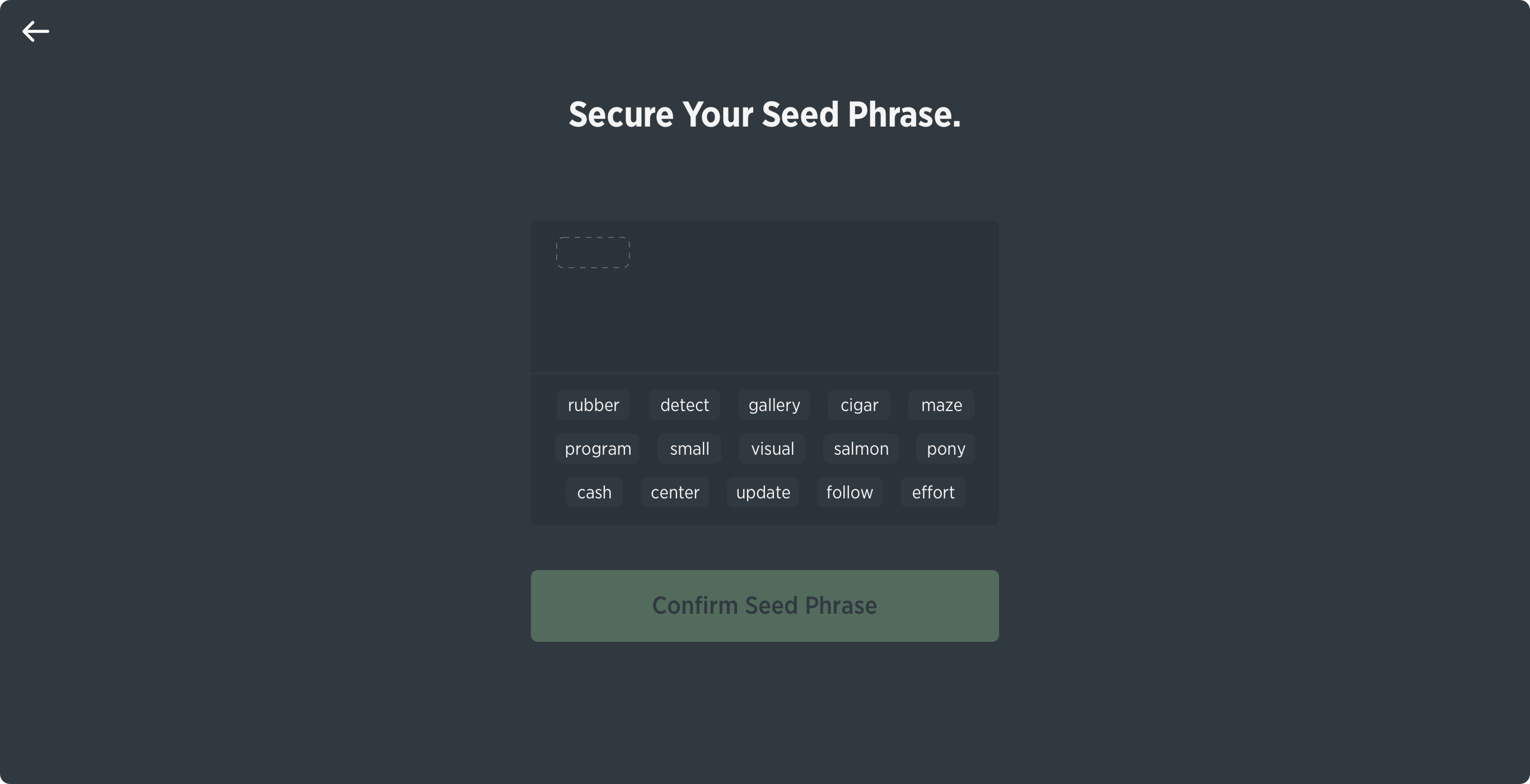Blockchain Platforms: To Break or Not To Break With Mental Models

Twitter Reddit LinkedIn Facebook
In regard to UX (user experience), the blockchain space offers a lot of opportunity but on the same token lots of challenges, a plethora of pitfalls and bottlenecks.
As I penned in the recent article about Product and Usability Challenges of Decentralized Services:
You may wonder why the fuss? In fact, on the surface it looks pretty much the same. Below the surface, it ain’t.
As many non-designers confuse the term UX with UI, I like to point out upfront that the challenge in the blockchain space is not the UI (= “on the surface” shown in the quote above), i.e. the visual screen aspect of the user experience nor IxD (interaction design) of a service.
The real challenge, so to speak, is below the surface
The technological differences between decentralised and centralized services are the main reasons for these challenges, of course. This is likely to be obvious to everyone who has looked into blockchain technology from a user experience perspective. What is not be so obvious, in fact, are the nuanced repercussions of the technology in terms of product and user experience.
Why?
Because the devil is in the details. As I wrote in the last article:
The browser, or frontend, does the heavy lifting. And, of course, the technical requirements or implications do influence product aspects and decisions, and these in turn do heavily influence the experience overall, e.g. user journey and such.
To break or not to break with mental models
What’s a mental model? A person’s mental model depicts how the world works from that person’s perspective, or in terms of UX, how a certain product actually works and, therefore, how similar services may also work. The person projects that mental model onto a new, yet to use service.
Let’s cover two popular cases that have strongly developed mental models.
- A conventional registration flow
- Buy and sell on sites like Craigslist (US), eBay-Kleinanzeigen (DE) or Wallapop (ES)
Designers and developer must clear obstacles at the very beginning of a users’ journey. With conventional services someone has solved these obstacles already years ago, and are therefore taken as a given.
A conventional registration flow
I would proclaim (without having a lot of data at hand) that almost anyone below 70 has at least registered with one service online in the past. The more online services one uses the stronger the mental model in regard to how these services work. In our case: the stronger the mental model regarding how registration or login flows work.
 Seed phrase for registration: A typical form of blockchain user credentials
Seed phrase for registration: A typical form of blockchain user credentials
As briefly discussed above (or in more detailed in Product and Usability Challenges Part I and Part II a registration flow on “blockchain-infused” services (between 51% and 100% decentralised) faces different technical and interaction design challenges. Central to these differences is that the frontend does the heavy lifting.
As the name implies, the main difference is: decentralized services work without a central server. Therefore, a lot of logic is moved to the frontend, ie. the browser.
→ CONTINUE READING on blog.blended.io